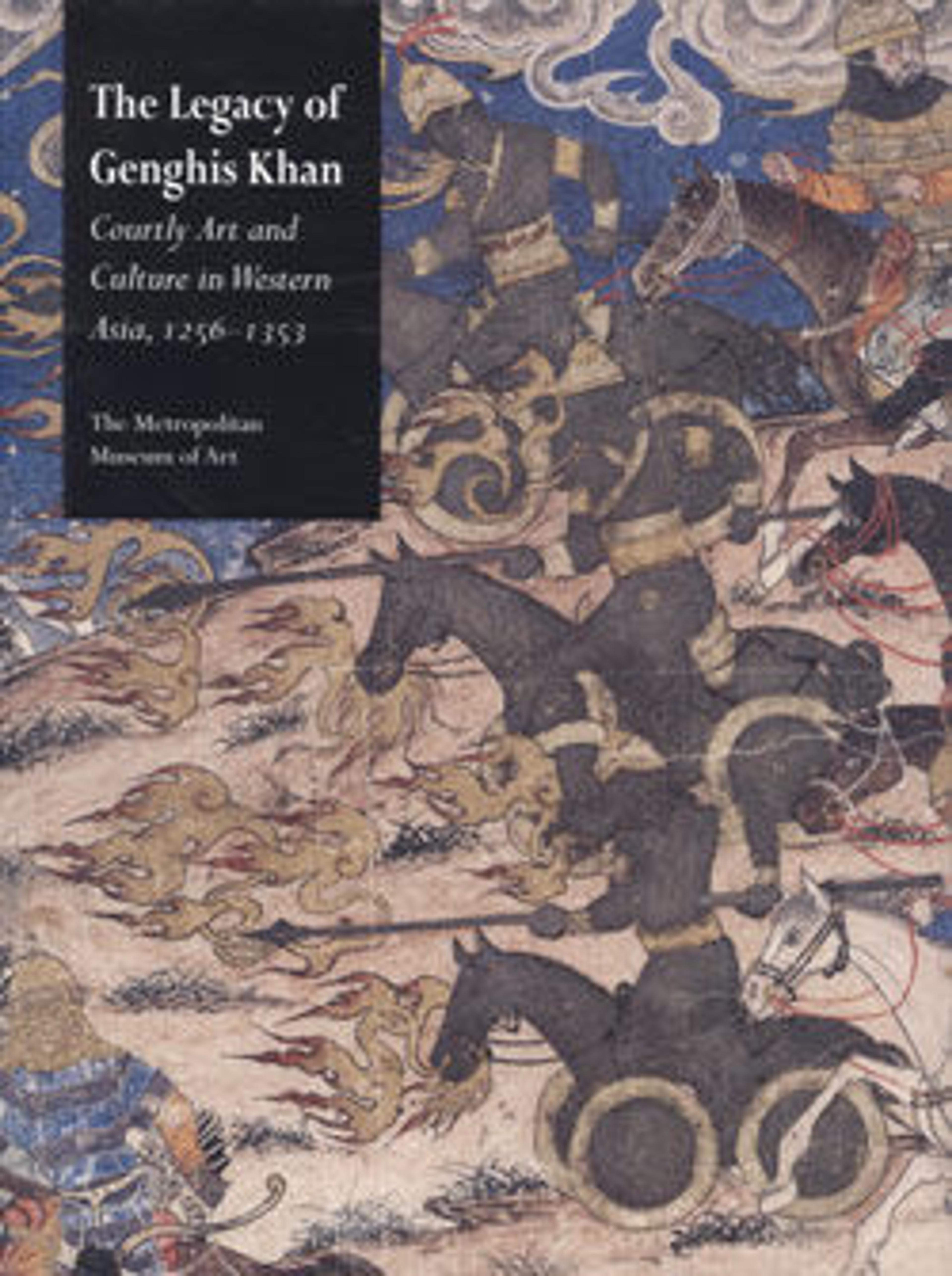Six Horses
The disparities in paper, pigment, and style between the two halves of this painting make it clear that they are by different hands and from different periods. In the first half of the painting, the horses and figures are well drawn and there is a rough vigor in the depiction of the landscape and trees. The shading of the land forms and the bold modulated outlines defining the figures, who wear typical Khitan costumes, most closely resemble murals done in the eleventh and twelfth centuries in north China, then ruled by the Khitan Liao dynasty (907–1125). In the second half, the unmodulated, "iron-wire" lines used to describe the drapery folds of the rider, the heavy outline of the rock, and the dry calligraphic texture of the tree suggest a fourteenth-century date.
Artwork Details
- 南宋/元 佚名 六馬圖 卷
- Title:Six Horses
- Artist:Unidentified artists (Chinese, 13th century [first half of scroll]; 14th century [second half of scroll])
- Date:First half of scroll, 13th century; second half of scroll, 14th century
- Culture:China
- Medium:Handscroll; ink and color on paper
- Dimensions:Image: 18 3/16 × 66 1/4 in. (46.2 × 168.3 cm)
Overall with mounting: 18 9/16 in. × 21 ft. 2 3/4 in. (47.1 × 647.1 cm) - Classification:Paintings
- Credit Line:Bequest of John M. Crawford Jr., 1988
- Object Number:1989.363.5
- Curatorial Department: Asian Art
More Artwork
Research Resources
The Met provides unparalleled resources for research and welcomes an international community of students and scholars. The Met's Open Access API is where creators and researchers can connect to the The Met collection. Open Access data and public domain images are available for unrestricted commercial and noncommercial use without permission or fee.
To request images under copyright and other restrictions, please use this Image Request form.
Feedback
We continue to research and examine historical and cultural context for objects in The Met collection. If you have comments or questions about this object record, please contact us using the form below. The Museum looks forward to receiving your comments.
